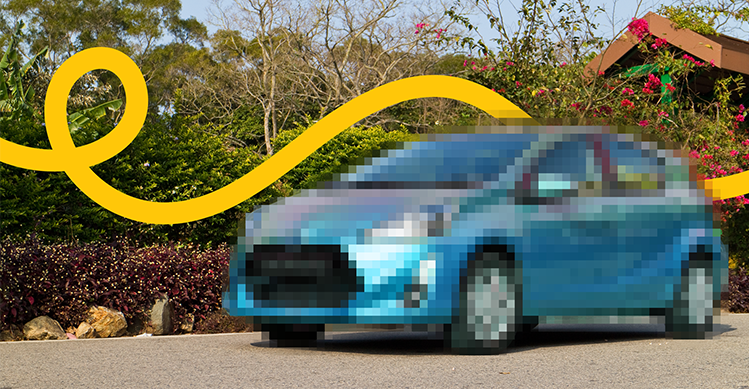In the last 10 years alone, the number of safety devices and features in cars has exploded – meaning the majority of new cars rolling off production lines each year are made to protect not just you and your family, but pedestrians, cyclists and other road users. Here are a few great features we love – and if you’re in the market for a new car, make sure you look out for these!
While this has been standard in many cars for at least 20 years, the anti-lock braking system is designed to ensure wheels maintain traction while braking heavily, by using sensors to detect if wheels are spinning faster or slower than others and applying a feathering to the brakes – sometimes up to 15 times per second. This also means the driver can keep steering while braking.
Another car standard, but you may be surprised at the number and type of airbags found in modern cars. Aside from front airbags, curtain and torso airbags protect during side impacts, knee airbags save knees and kneecaps in frontal impacts, and some car-makers are now including inflatable seatbelts that distribute the forces of an impact throughout the body to minimise concentrated damage and pain.
One of the few safety features that can be retro-fitted to a car, a reversing camera is an extra set of eyes that assist during reversing and parking. Don’t rely on only that though! Check all your mirrors when preparing for and during reversing.
The blind-spot warning function uses radar or cameras to alert the driver of cars or objects in their blind spot by alerting them visually (often through a light on the glass in the wing mirror) or sometimes through an audio cue.
Using cameras, lasers or radar to scan the cars and area ahead, a forward collision warning will sound an alert if an impending collision is detected, giving the driver advanced time to react. If for some reason the driver doesn’t react in time, automatic emergency braking can engage to stop the car in time.
With the use of yet more lasers or cameras, the car can detect if it’s straying out of a lane, and will sound an alert (and provide a visual cue). Lane-keeping assist goes a step further and can automatically use a “mild steering input” to keep the car in its lane.
Like ABS, traction control detects how fast each wheel is moving and slows or speeds up others to maintain traction. Electronic stability control is a step up from this, taking into account the direction and other forces on the car to help keep the car on its intended path during a turn.
This is only a small list of all the amazing safety features to find in modern cars – and they’re getting better with every new vehicle, year and technology breakthrough. However – it’s important to remember that we can’t solely rely on these features to keep us safe in the car. It’s up to us as drivers and passengers to ensure best safety practices and road laws are followed. We can all do our bit to make our roads a little safer.
Happy driving!


